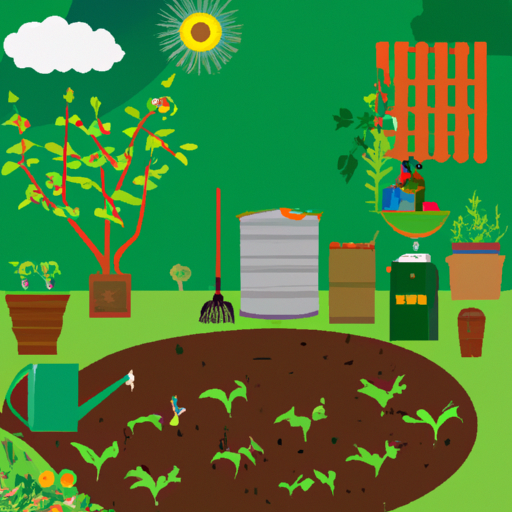Creating an Eco-Friendly and Sustainable Garden: A Comprehensive Guide
As the world grows more conscious of the need for sustainable and environmentally friendly practices, one aspect that often gets overlooked is our home gardens. But did you know that your home garden could potentially be a bastion for sustainable practices?
The Benefits of an Eco-Friendly Garden
Eco-friendly gardens are not only beneficial for the environment but also for our health, well-being, and wallet. Such gardens can help reduce carbon footprint, save money on fertilizers and pesticides, provide a healthier space for outdoor activities, and create a habitat for a wider range of biodiversity. So, how exactly do we create such a garden?
1. Selecting the Right Plants
The first step towards creating a sustainable garden is to select the right plants. Opt for native species as they have adapted to the local climate and soil conditions over thousands of years, meaning they require less watering, fertilizers and are more resistant to local pests.
2. Employing Eco-Friendly Irrigation Techniques
Water conservation is a crucial aspect of sustainable gardening. Drip irrigation systems, soaker hoses, or self-watering containers are all good methods. Moreover, watering during the cooler parts of the day to reduce evaporation should be practiced.
3. Making and Using Compost at Home
By composting kitchen and garden waste, you can reduce the amount of waste that ends up in landfills and also enrich your soil naturally. Composting at home is easy, requires minimum effort and can provide highly nutritious soil for your garden plants.
These are some of the steps you can follow to create a sustainable, eco-friendly garden. Incorporating such practices not only benefits the environment but also contributes to a healthier and more balanced ecology within the home setting. So start today, and let your garden be a testament to your commitment to sustainability and environmental consciousness.

















Comments
Leave a Comment